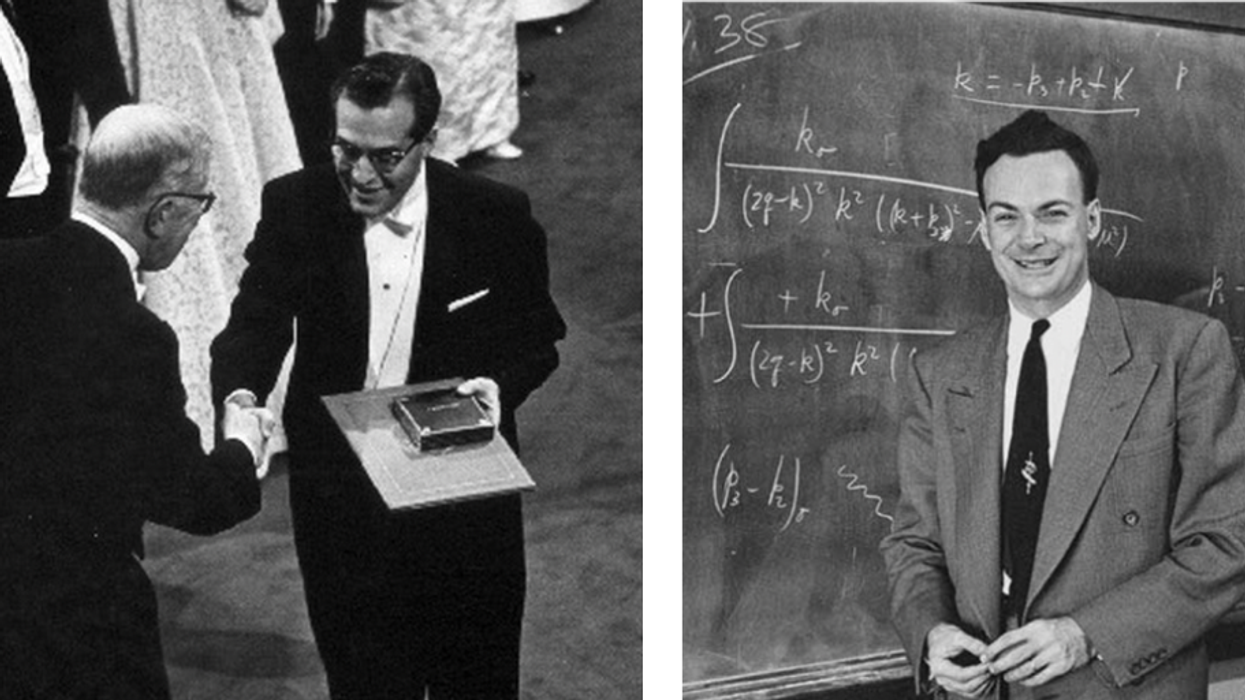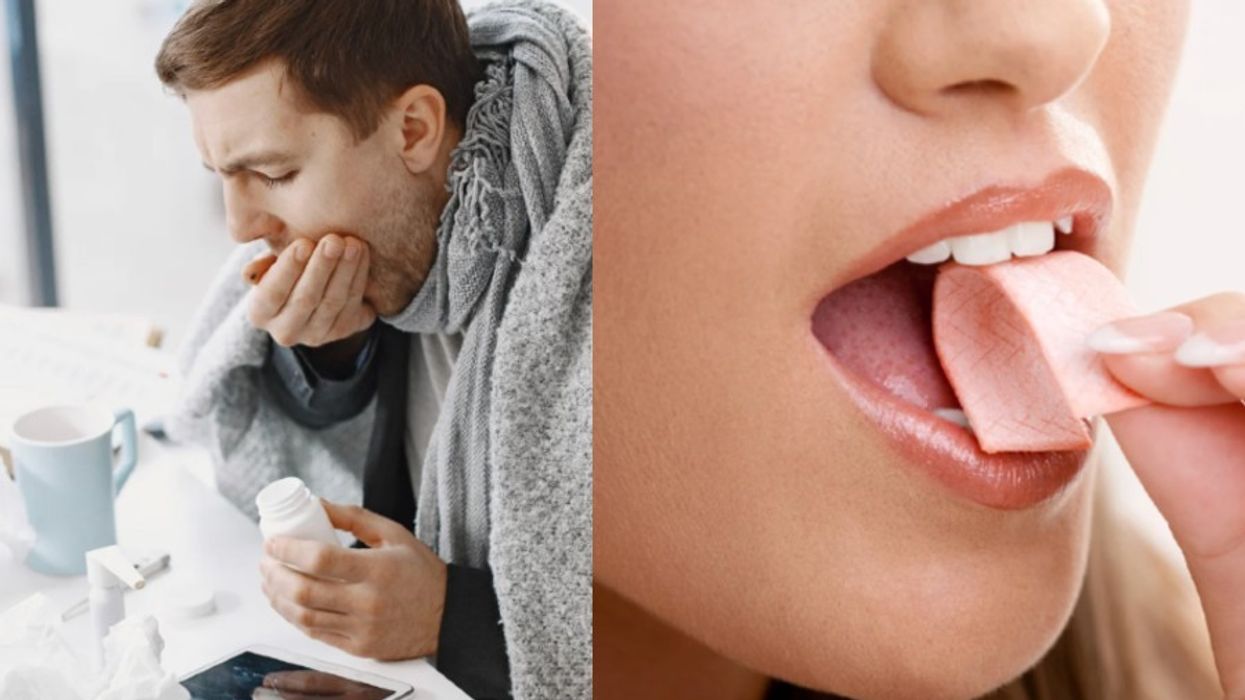As I wrote yesterday, the flavors and aromas of maple syrup are bound up in its geography, processing, and its chemistry—most notably, sucrose and vanillin. Its chemistry became interesting recently, when a University of Rhode Island study, funded by the Federation of Quebec Maple Syrup Producers and Agri-Food Canada, found 54 different chemical compounds, including—bear with me—2,3,3-tri-(3-methoxy-4-hydroxyphenyl)-1-propanol. Researchers said this compound appeared to be unique to maple syrup and dubbed it Quebecol.
The Quebec Maple Syrup Board took that as an opportunity to tout maple syrup's health benefits—much like Pom Wonderful underwrites studies demonstrating the antioxidant content of its pomegranate juices. Others were quick to point out that quantifying maple syrup's phytochemistry was neither a sign of quality nor an indication of its possible effects in our bodies (which the study did not test). Joe Schwarcz, the director of the McGill University Office for Science and Society, told Post Media News: "Any suggestion that [maple syrup] is 'healthy' is irresponsible and may make scientifically shallow people eat more."













